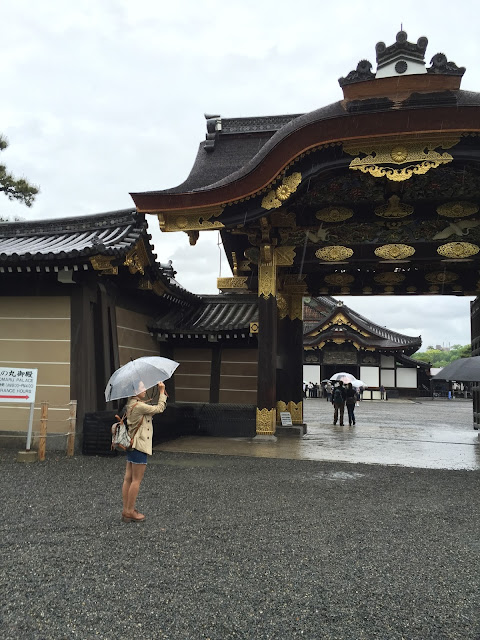Happy Thanksgiving!
I'm reposting this item from my Jewish Heritage Europe web site -- an online resource to Jewish heritage across the continent. See the full post here.
Thanksgiving is often called “turkey-day” because of the tradition of eating roast turkey at the Thanksgiving dinner.
The bird that we call “turkey” was native to the Americas, and was brought back to Europe by the first European explorers, where it quickly became popular. As can be seen above in the replica of the early 18th century painted ceiling of the destroyed wooden synagogue at Gwozdziec — now in the POLIN museum in Warsaw — its image was used two centuries ago in East European synagogue decoration.
An almost identical image, for example, appears in the painted wooden synagogue of Chodorow, now replicated at the Bet Hatfutsoth museum in Tel Aviv — see below.
For a fascinating look at the Turkey in Jewish artistic (and culinary) tradition, Samuel Gruber has posted a lengthy description — with illustrations — on his blog.
Among other things, he notes that Thomas Hubka, author of Resplendent Synagogue: Architecture and Worship in an Eighteen-Century Polish Synagogue, writes: “At first, it is difficult to imagine how the North American turkey could have been painted in an early-eighteenth-century Polish synagogue, but books depicting the exotic flora and fauna from beyond the European world were widely available at the time.”
He writes that Hubka links the presences of exotic animals in the decoration to Jewish ethical literature and writings that celebrate God’s creation. According to Hubka:
“The illustrated Perek Shira (chapter of song) was a popular “exotic creature” book specifically written for a Jewish audience. the book was a collection of hymnic sayings in praise of the Creator placed in the mouths of various animals, especially exotic animals. Many animals and their sayings emphasized the wonder and incomprehensibility of God’s creation as, for example, written next to a drawing of a dragon “What does the dragon say? Sing unto him, sing psalms unto Him: talk ye of all his wondrous works (Psalm 105;2). As a measure of its popularity and ethical function,Perek Shira was included in some of the earliest printed prayer books in Eastern Europe…thus the unknown turkey was to be contemplated by pious Jews as an ex maple of the unfathomable variety of God’s creatures. as they did with the exotic ostrich and unicorn, the artists of the Gwozdziec Synagogue may have placed the turkey in a prominent central location so that the congregation would “Lift up [its] eyes…to obtain knowledge of the works of the Holy One” (II:231b). (Hubka, Resplendent Synagogue: Architecture and Worship in an Eighteen-Century Polish Synagogue, p. 103.)
Gruber also discusses turkeys on the Jewish dinner table, quoting the early 19th century memoirist memoirist Pauline Wengeroff (Rememberings: The World of A Russian-Jewish Woman in the Nineteenth Century, various editions), describing how her family in Bobruisk (now in Belarus) in the 1830s ate turkey for Pesach and Sukkoth.
For Pesach she describes the process of kashering chickens and turkeys, and at a noon meal on Pesach, following the seder, “there had to be stuffed turkey neck.” She also mentions eating roast turkey on Shmini Atzeres and Simchas Torah.
Read Samuel Gruber's full blog post here

















































